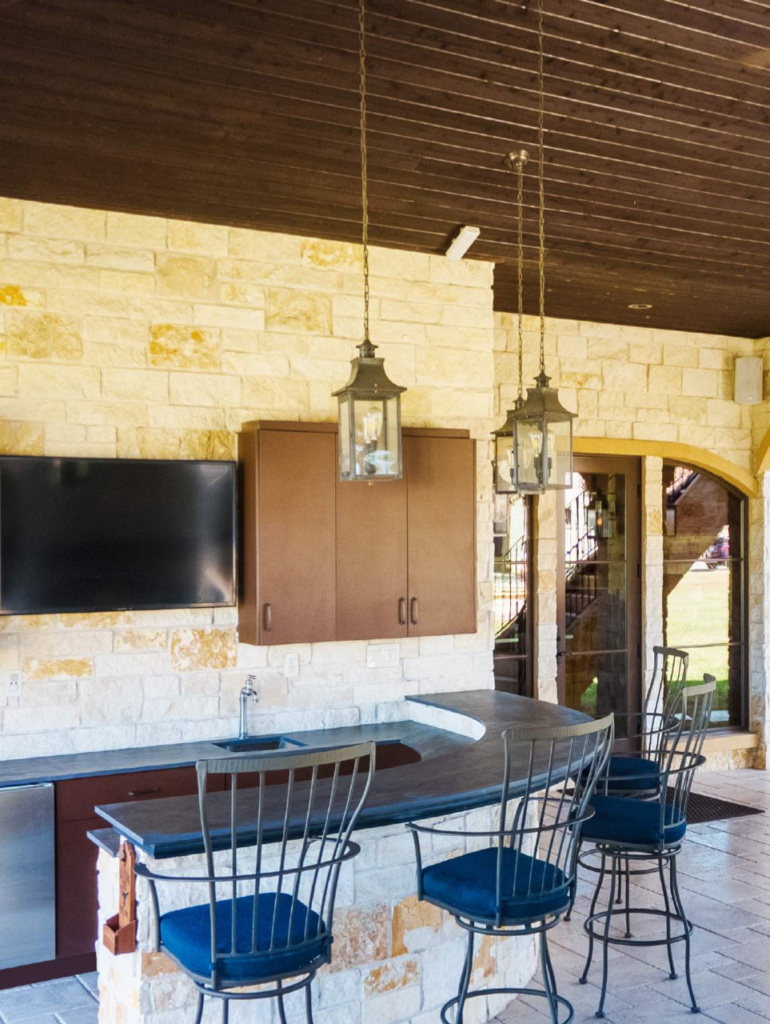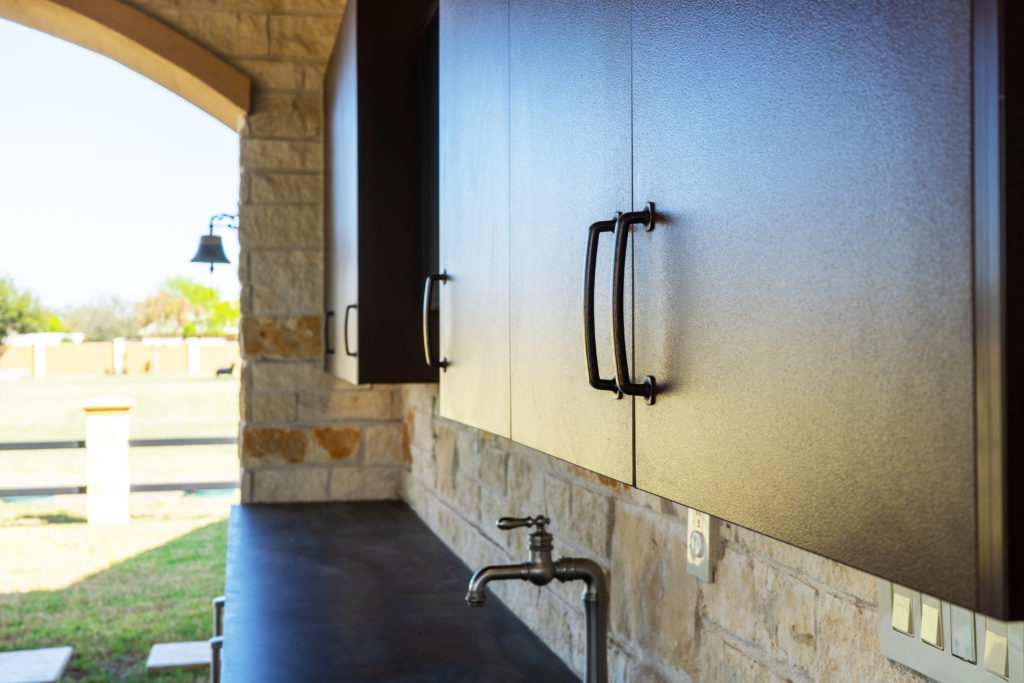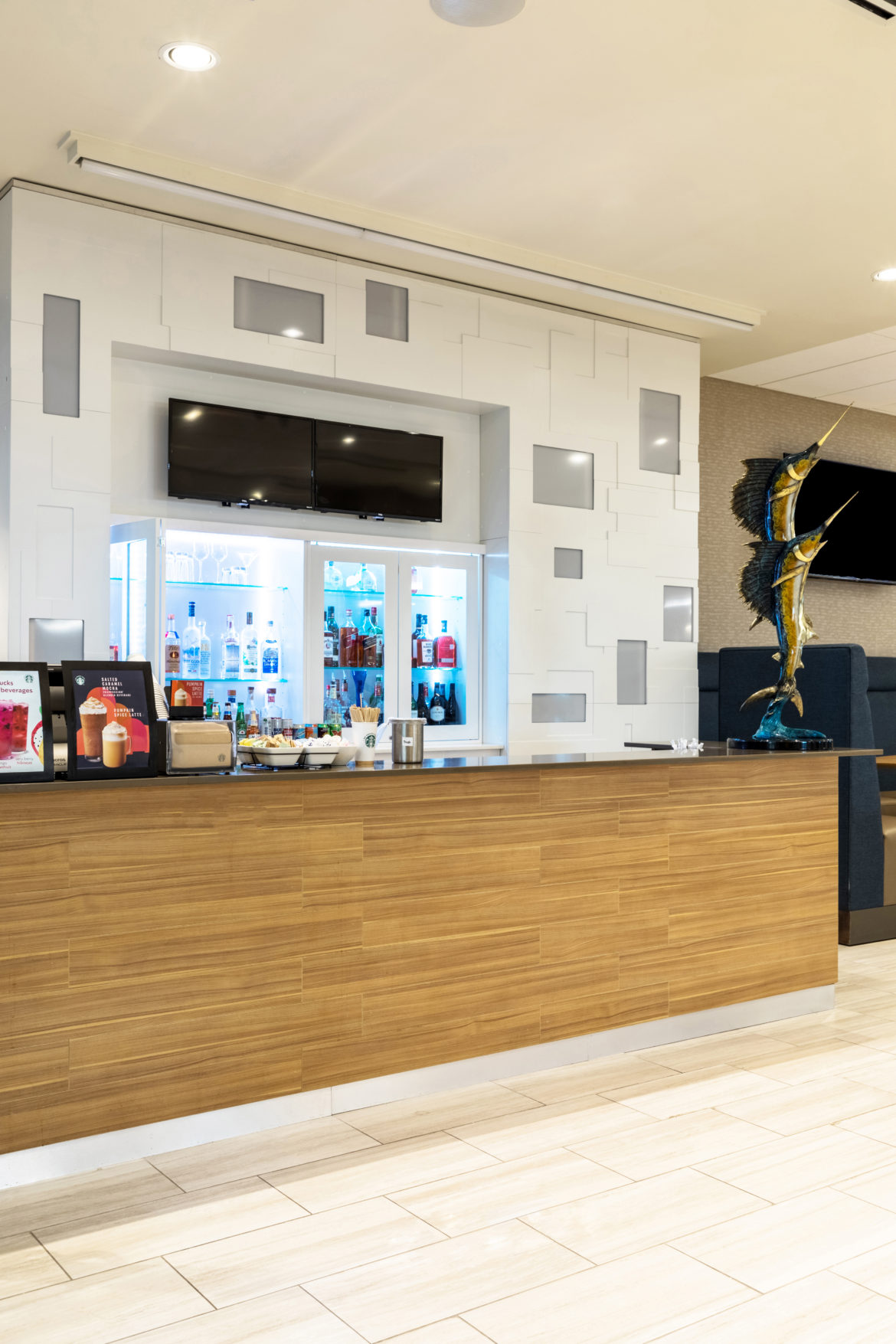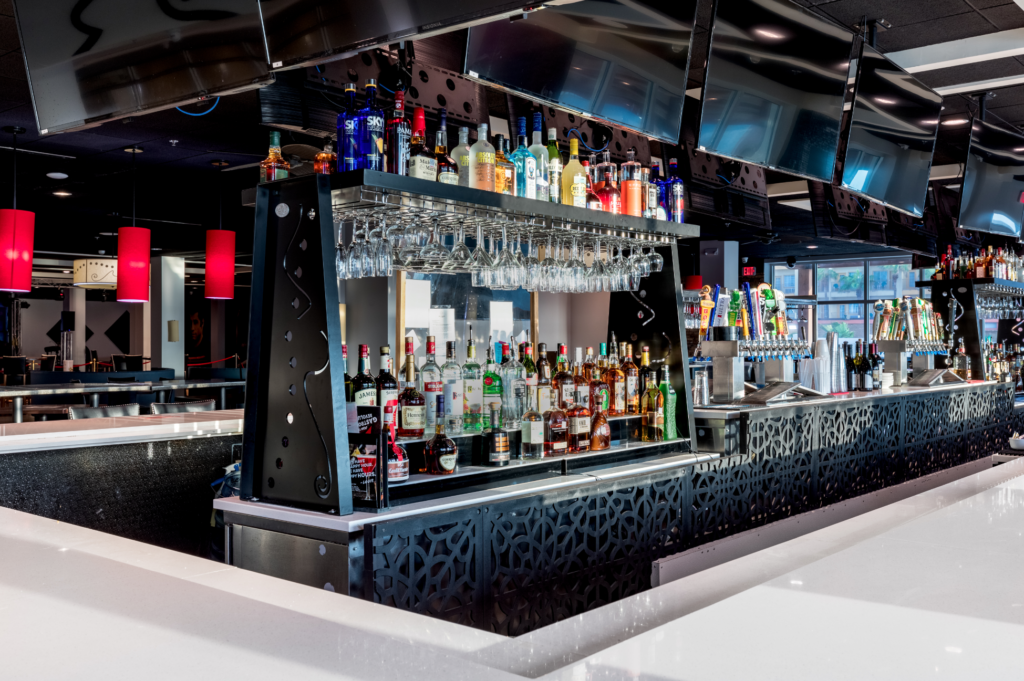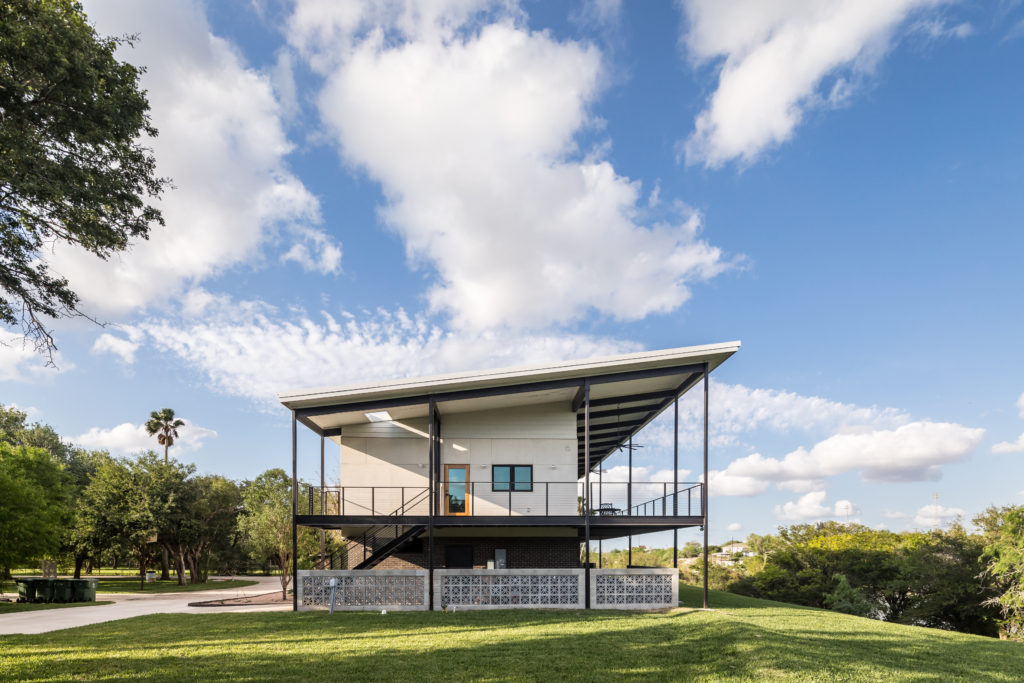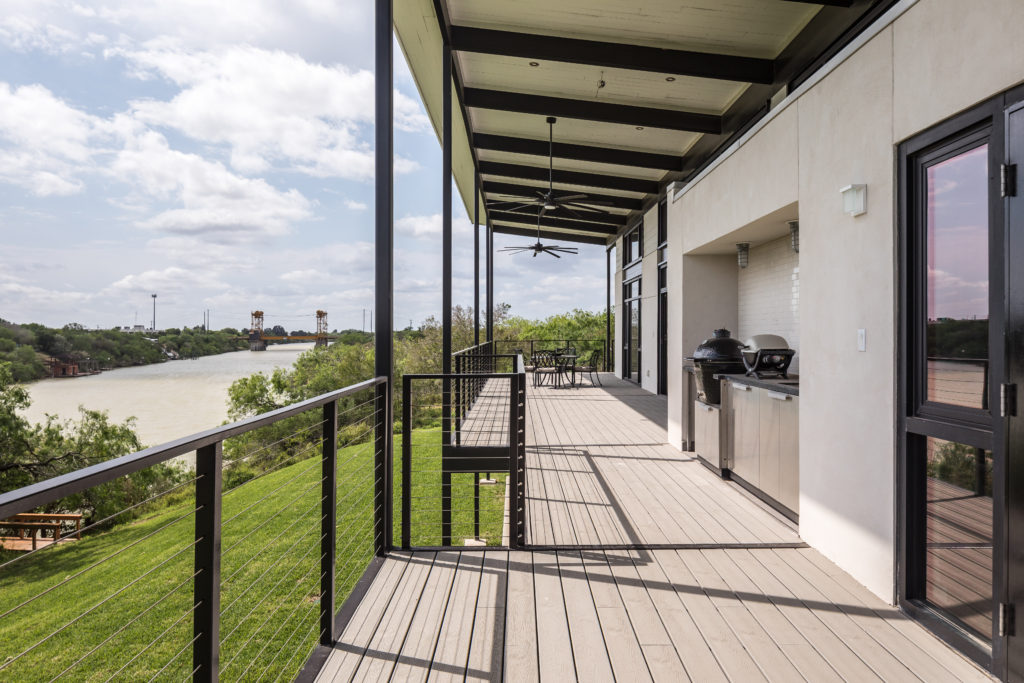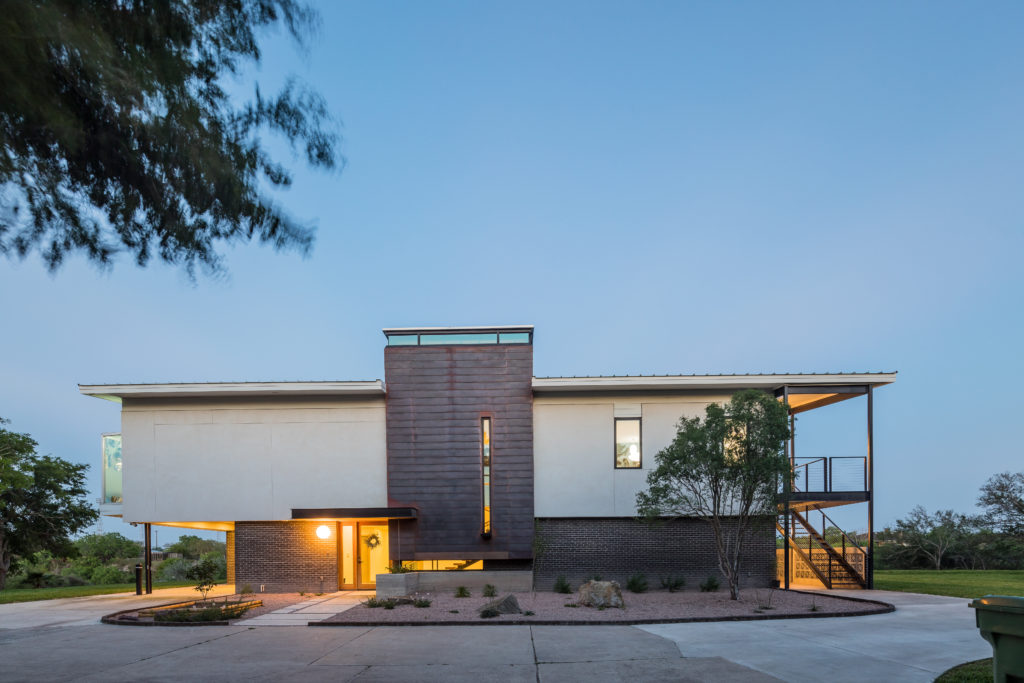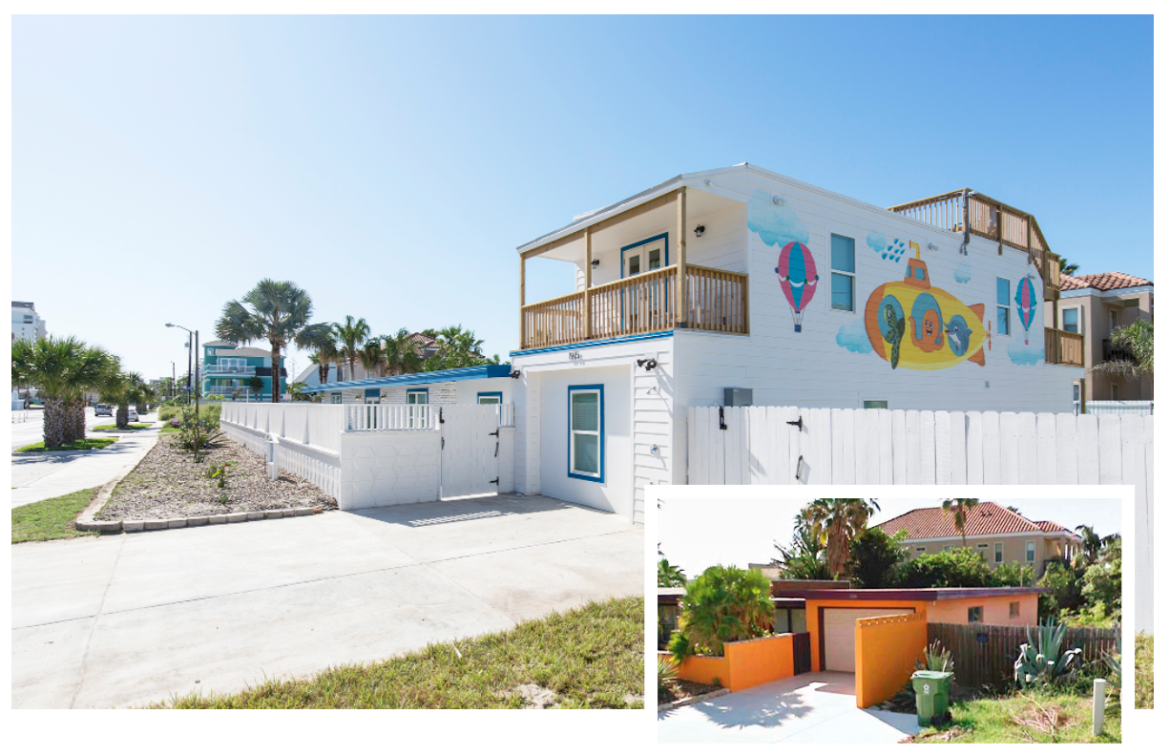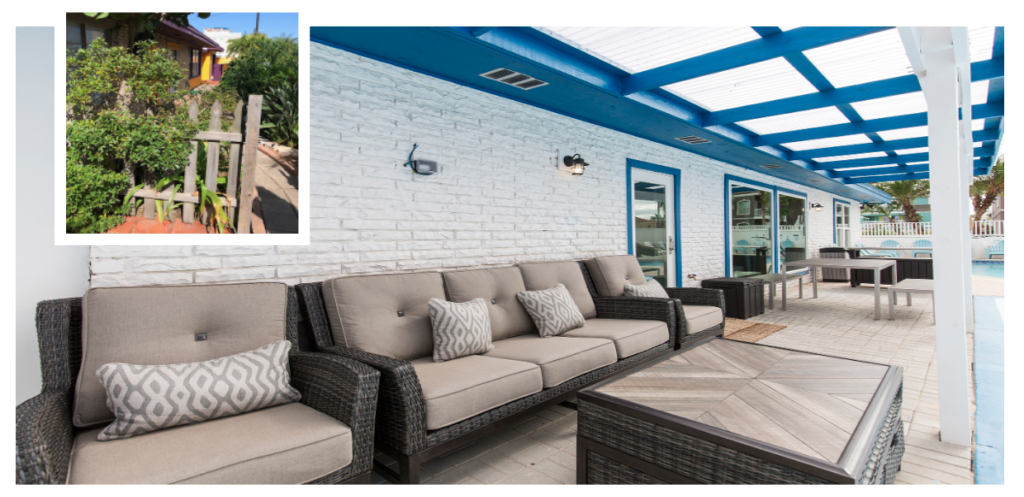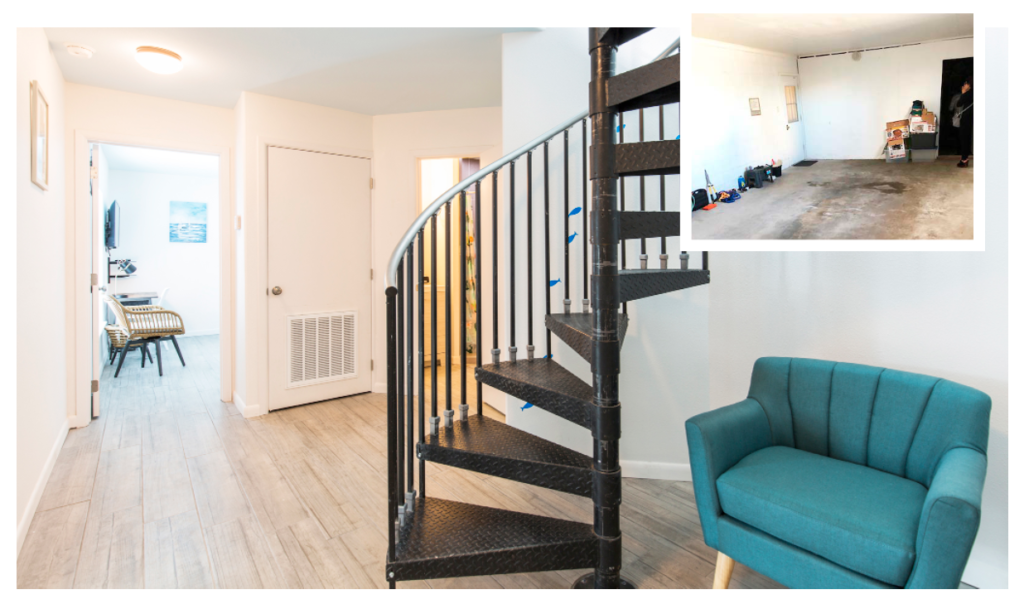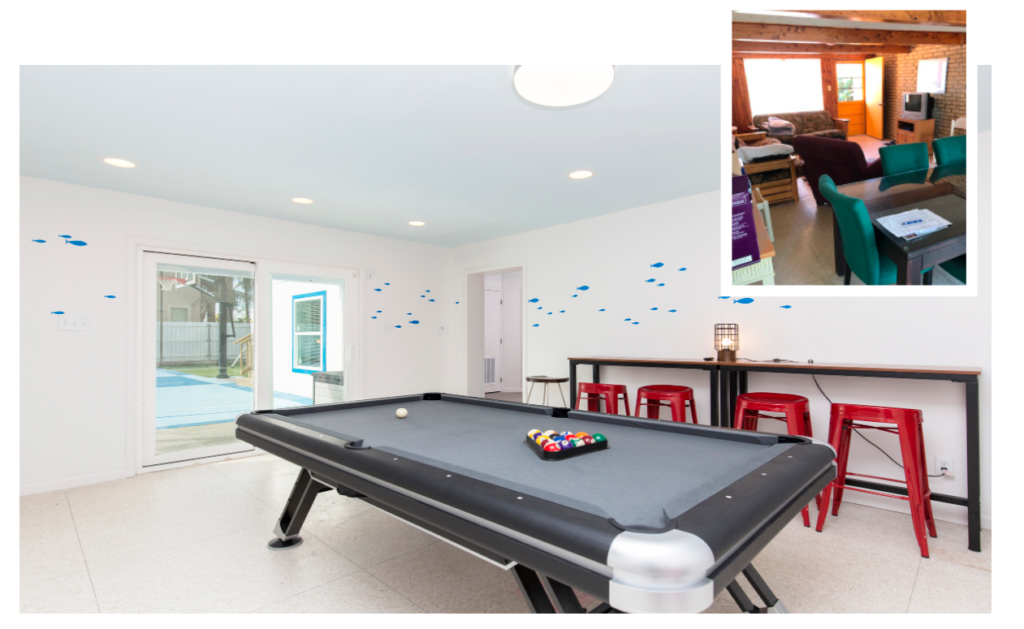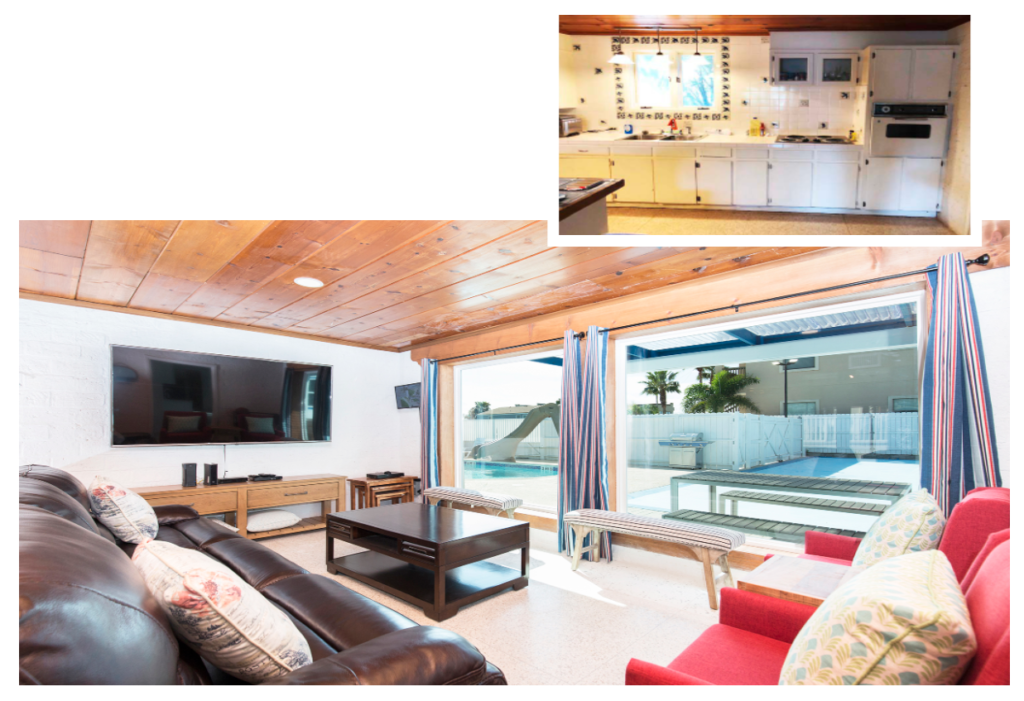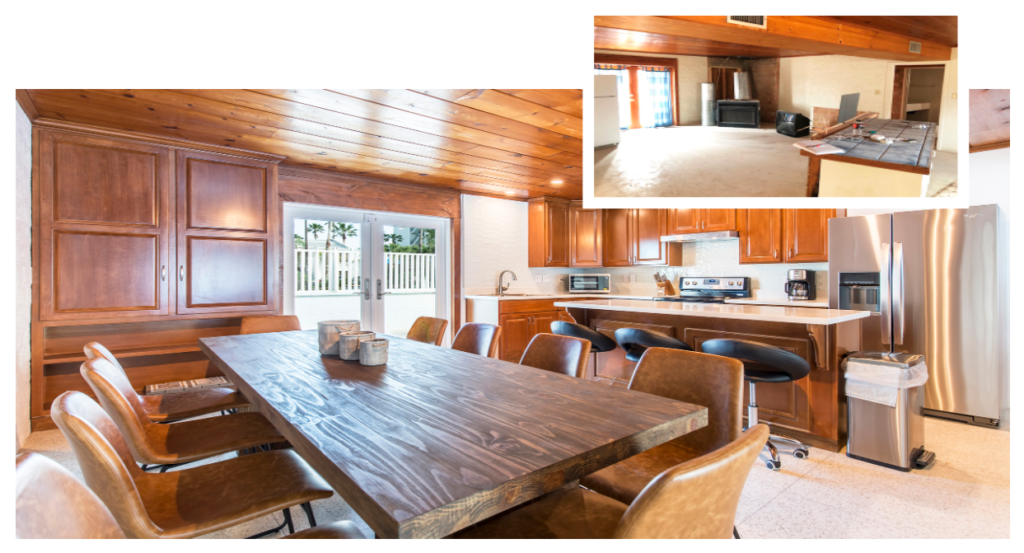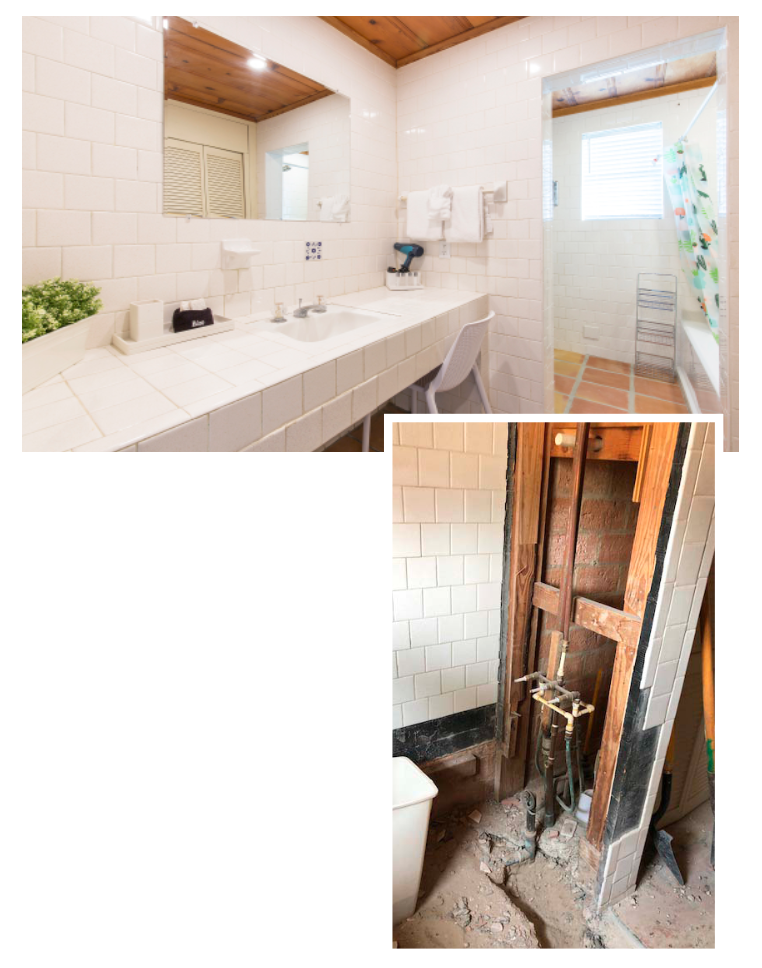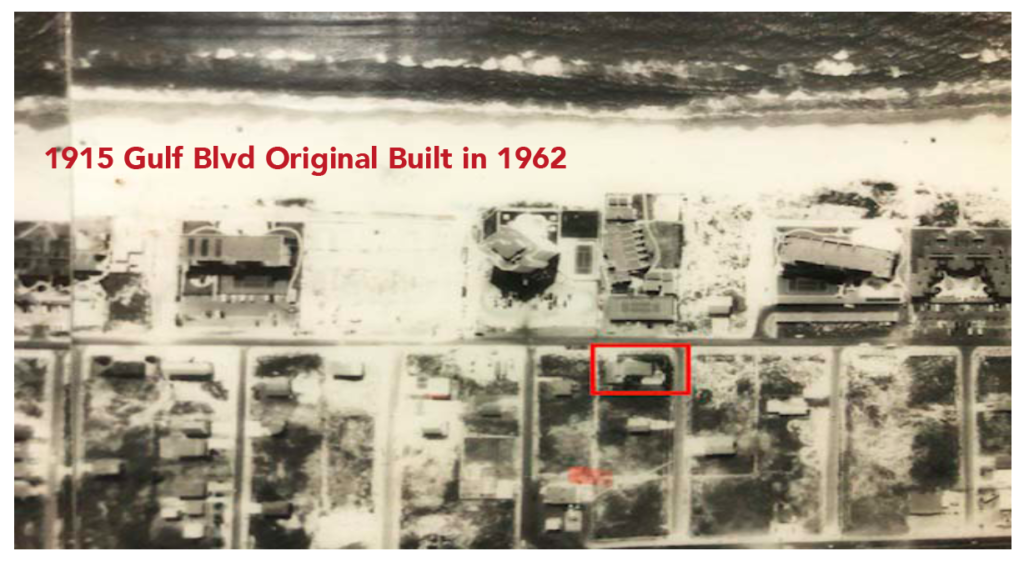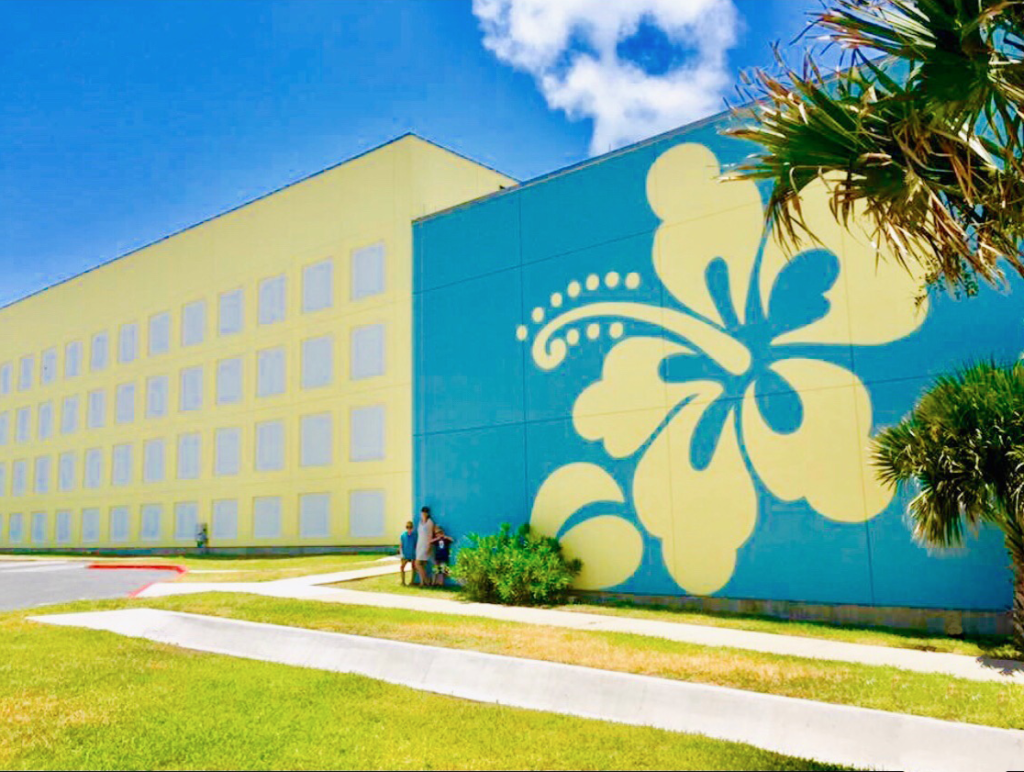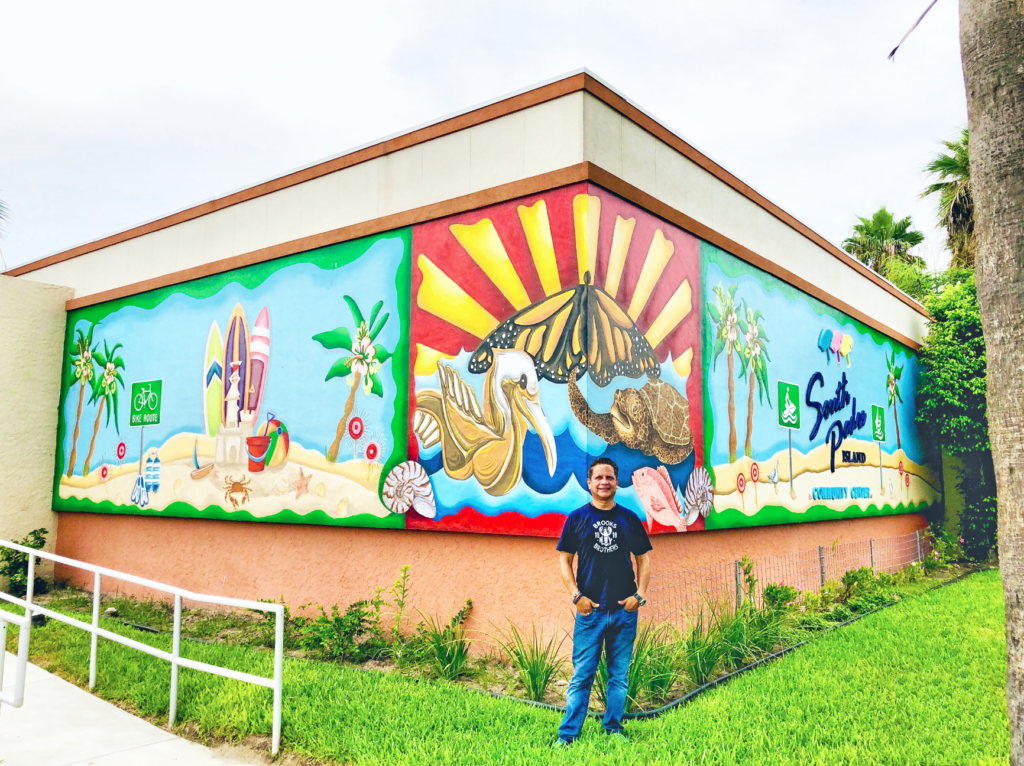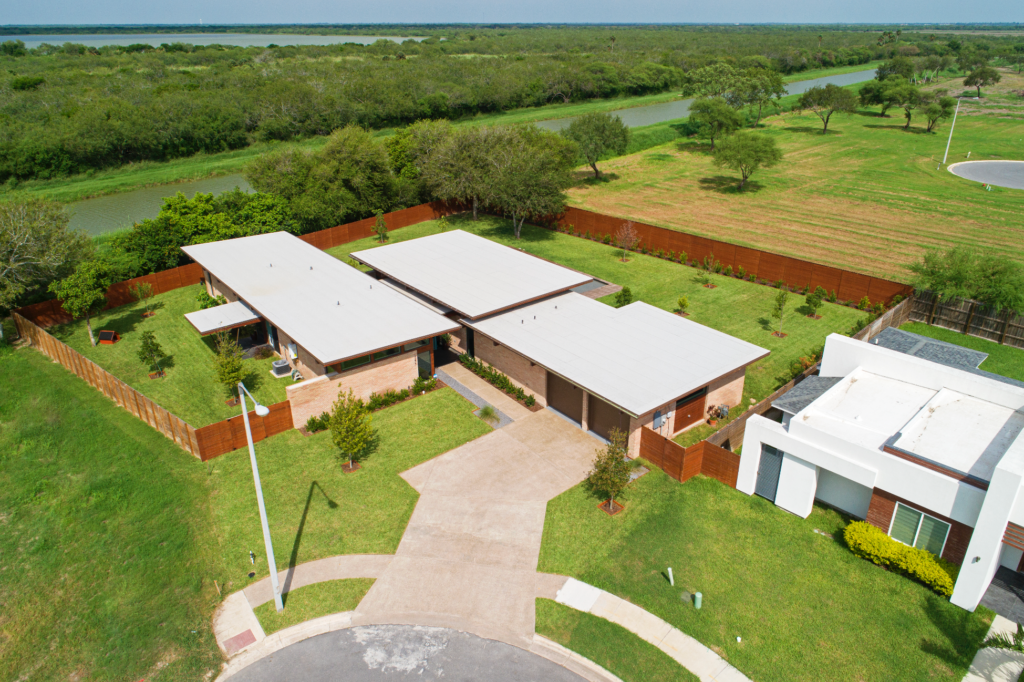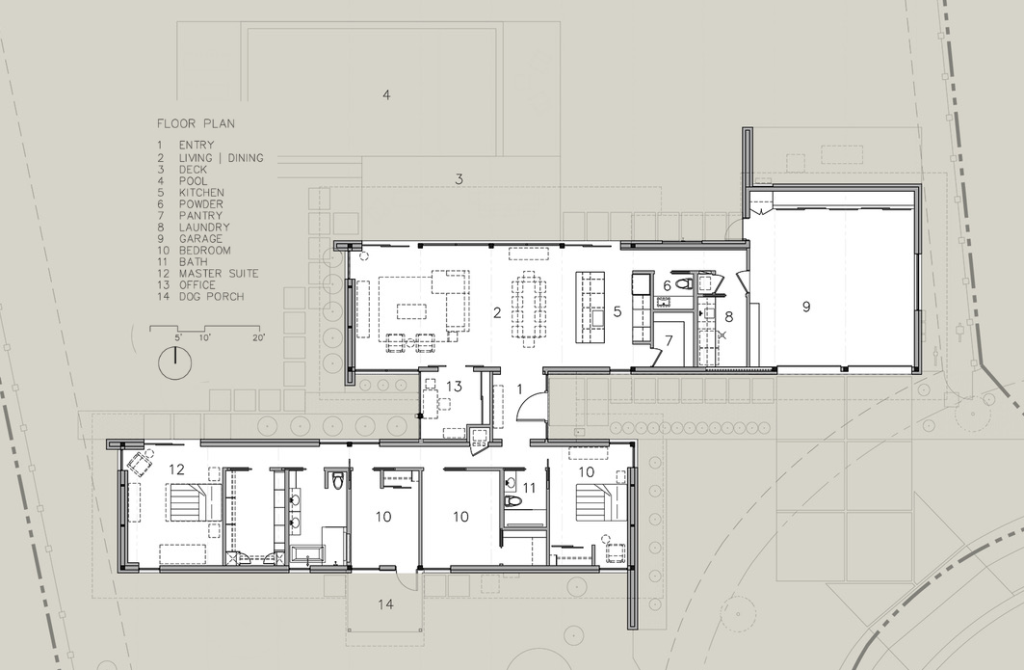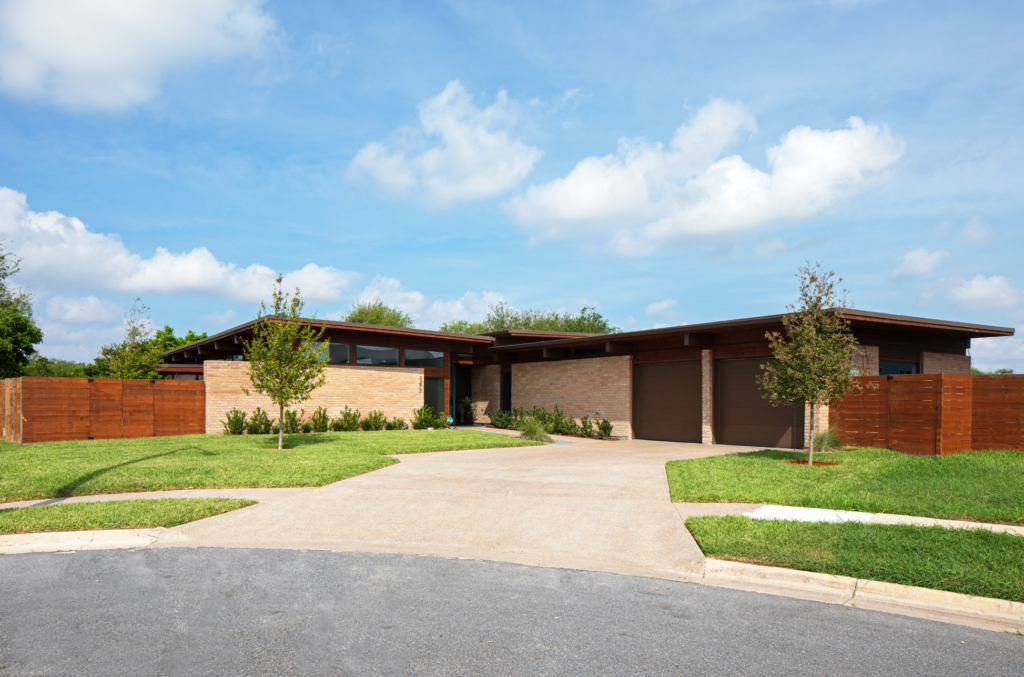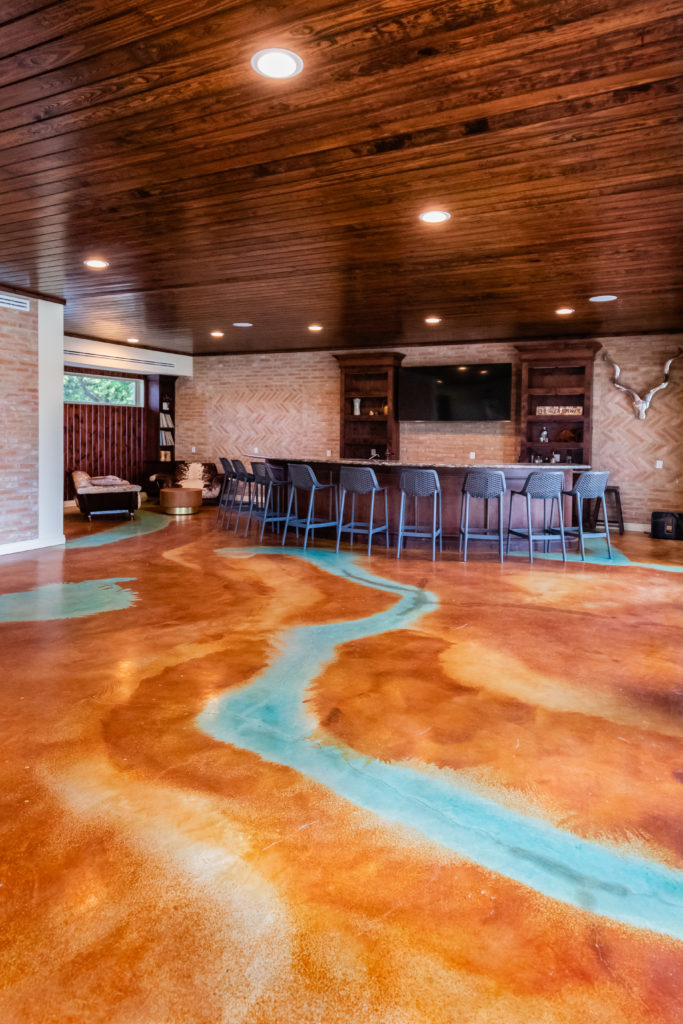FLYING INTO BROWNSVILLE’S NEW AIRPORT FACILITY in 2021
Written By Lynn Walker Hoverson
Of the three main airports of the Rio Grande Valley, the Brownsville-South Padre Island International Airport (BRO) is located furthest south in geographical placement. This makes it very convenient for the many travelers who pass through there, to and fro from the Four Directions. OSIYO! Welcome to the Rio Grande Valley!!!!! The multi-source funded $70.4 million, new terminal project at the new BRO AIRPORT facility has been innovatively-improved and expanded. Funds for the new terminal were obtained from Federal grants, local bonds, and passenger facility revenue. The City of Brownsville and the Department of Aviation are named owners, though, one could say that many national and local taxpayers are part owners of this facility.
Bryant Walker, the dual role-serving Assistant City Manager and Aviation Administrator for the City of Brownsville, Texas believes that change is coming to the City of Brownsville and that this new terminal provides the city and management team with the infrastructure to support that change. He became a part of the Airport project in 2016, the year the designing for the new terminal began. BRO, as it is designated by the Federal Aviation Administration, has passenger travel available. AMERICAN AIRLINES and UNITED AIRPLANES offer the available passenger flights. The relevant flight information can be quickly found on the flybrownsville.com website.
The 1971 facility had two gates for serving two airlines and only 37,000 square feet. This area was not even large enough for a crowd to wait comfortably to board the largest jets that departed from this airport. Whereas, the new terminal, in contrast, has four gates and 91,000 square feet, with four gates that can accommodate four narrow-body aircraft simultaneously.
Also, on site are two FBOs (Fixed-Base Operations): Hunt Pan-Am and Southmost Aviation which are commercial businesses who have been granted the right to operate at the airport and provide aeronautical support services to general aviation and corporate flight departments.
Services such as:
• fueling
• hangar space
• tie downs
• parking
• aircraft rental
• maintenance
• flight instruction
• other aviation supporting services
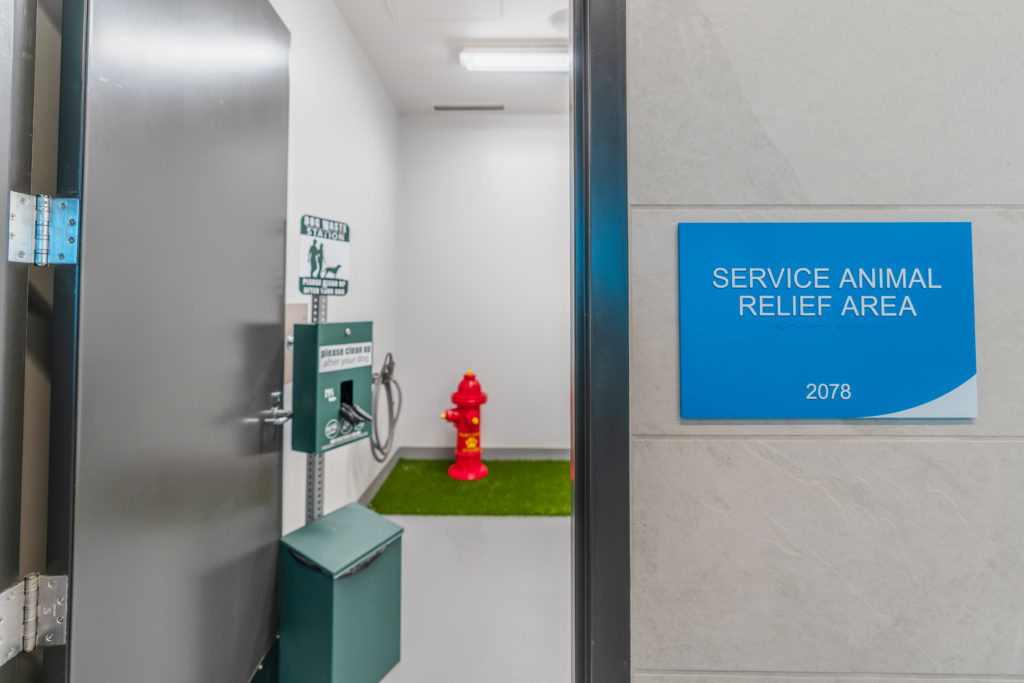
The former 1971 aged structures have now been replaced and the new BRO is officially open, though some parts of its projected future features, such as the possible total Parabit Systems biometrics security system are still pending regulatory clearance and activation. The original airport in this location was leased in its entirety in 1929 by Pan American Airlines for service of its fleet of Ford TRi-Motor aircraft. That relationship lasted for 30 years, and the name of the airport was eventually changed to the Brownsville-Pan American Airport in honor of it.
There are some features at the new Terminal has that had not even been invented in the earliest days of this airport:
• Wireless charging surfaces for mobile phones
• Free highspeed Wi-Fi
• Interactive kiosks
• Automatic baggage belts
• Silver ion treatment for countertops and antimicrobial films to protect common touch points
• Nursing rooms
• Family restrooms; and
• Specially designated service animal areas

One of the most innovative products in the Airport is a huge reinforced glass wall located in the entry hall. It is made of SageGlass which has electrochromic glazing that provides automatic temperature and glare control. This feature adds to comfort level of the passengers and customers, especially in the future Texas summers. It is a product that is rated to decrease electrical energy use also.
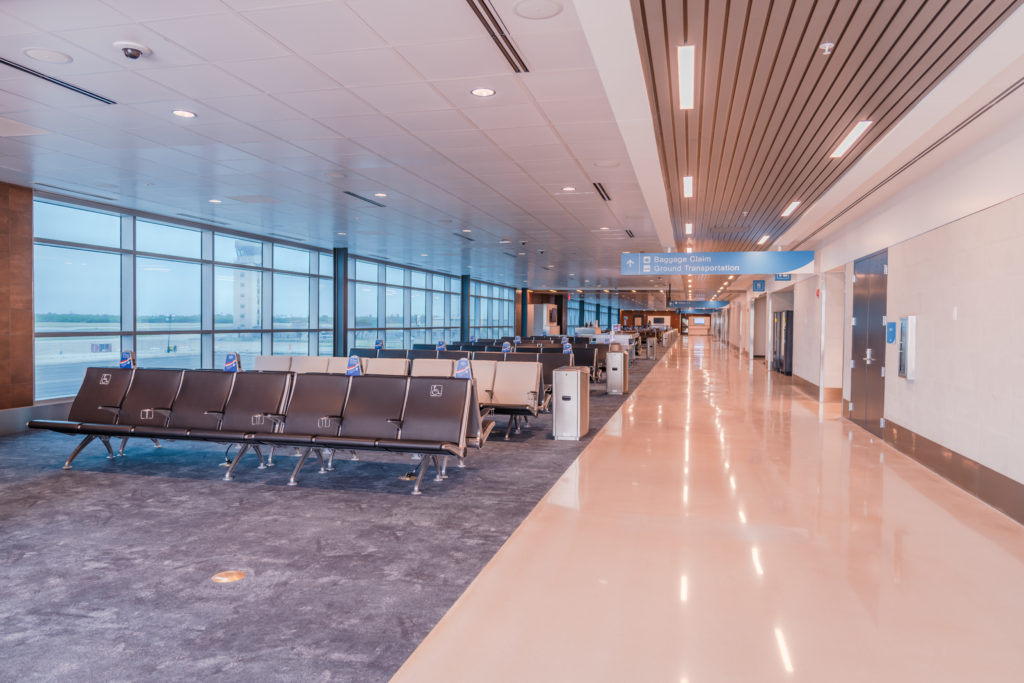
The new terminal incorporates a different method of processing for international travelers. It uses a leading-edge method called “bag first”. International passengers will now collect their bags before presenting for passport and identification checks, switching the traditional order of travel procedures. As part of the redesignand to accommodate larger aircraft simultaneously, the New Airport Terminal was shifted approximately 200 feet in front of the now demolished 1971’s terminal. With hopes for expansion in the future, a modular concept was a major guideline followed for the new construction for the entire facility. Its expansive, open design is best experienced in person, waiting for a plane!
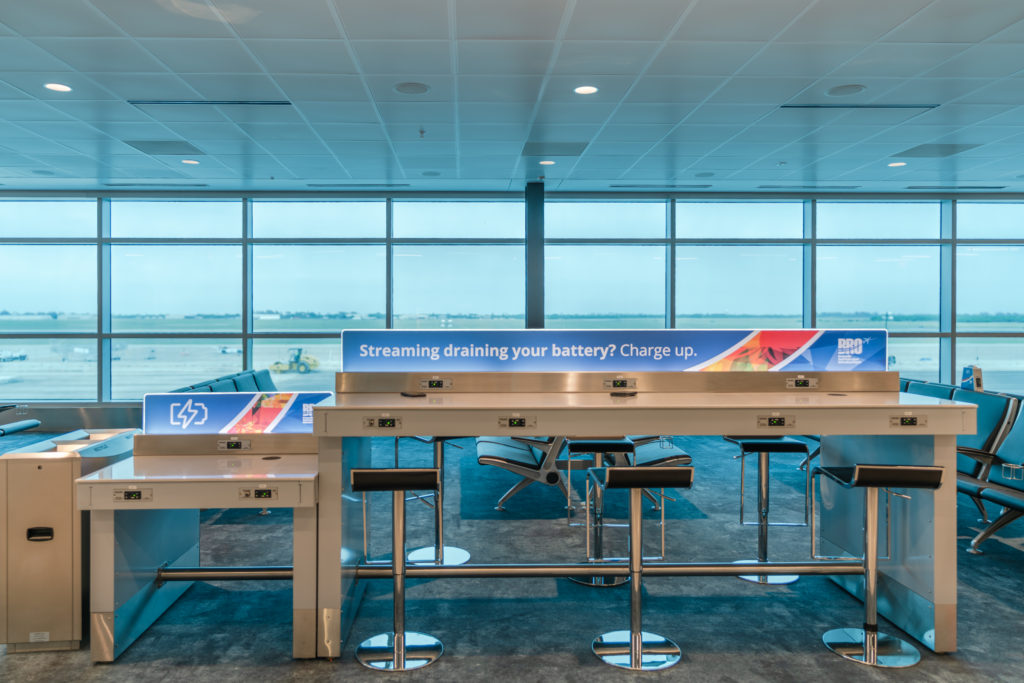
ENTERING THE BUILDINGS
The vast, forty five-foot high SageGlass wall is the main feature of the entry hall. It allows the natural, bright south Texas sunlight to illuminate the check-in, baggage claim and a meet-and-greet area. In addition, for the airport ambiance, visitors can enjoy the expansive, creative, Travel art of the feature wall graphic which was developed by the Airport Administration and executed by the Tequila Group, the marketing agency for the airport.
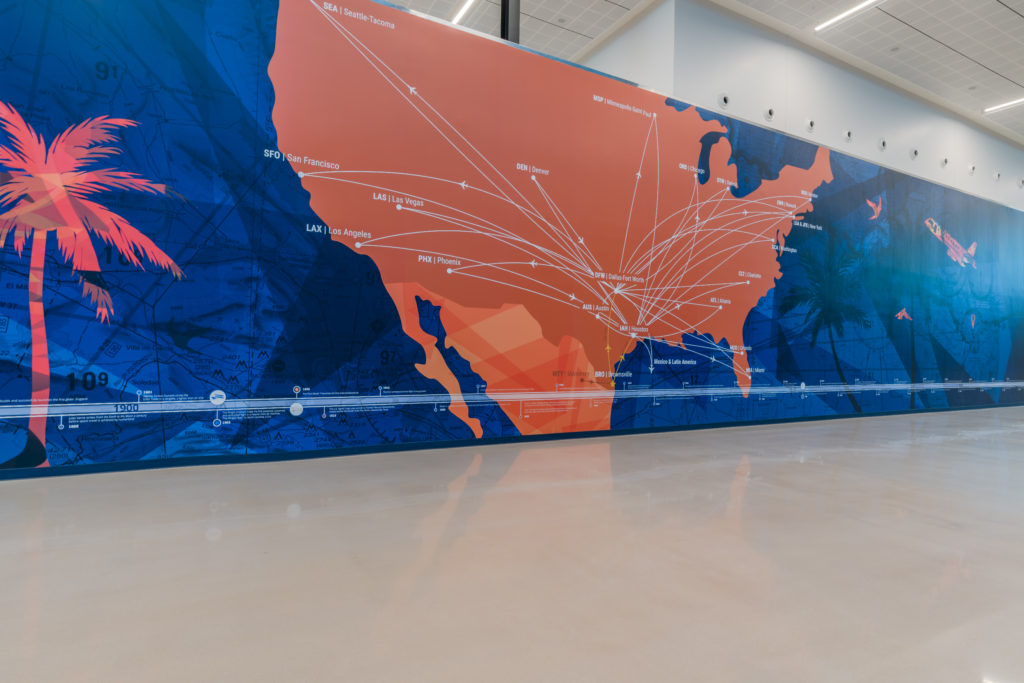
DESIGNED FOR withstanding HURRICANES
The following Information comes from Erik Strain of the Airport’s Architectural Firm: Being so close to the coast, resiliency against hurricanes and tropical storms is critical for this type of facility. Building code dictates the requirements to which the airport must be designed, impacting the structural steel frame and all components of the building cladding, including roof, curtainwall, metal panels, and doors. Brownsville South Padre Island International Airport was designed to withstand an Ultimate Windspeed of 153 miles per hour. The Airport is also located within a wind born debris region, requiring all exterior glazing be impact resistant and comply with special testing for the “Large Missile Test” defined by ASTM E 1996. In this test, they fire a 2’ x 4’ wood stud at the glass and it must keep the 2’ x 4’ from breaking through the glass to pass the test.
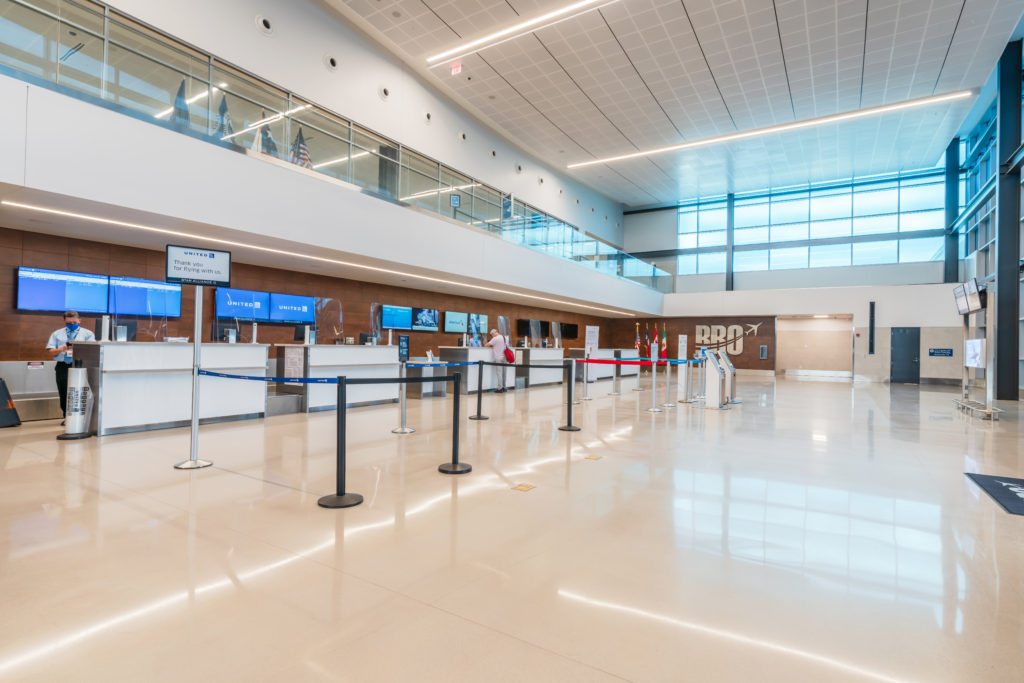
Beyond the code requirements, the Airport chose to provide Hurricane tie downs on the airfield to secure the passenger boarding bridges from hurricane force winds. These are deep foundations designed to withstand 39 kips (39,000 pounds-force) of uplift to prevent the boarding bridges from being thrown around in high winds or ripped from the building.
As an approved “Port of Entry”, the Brownsville-South Padre Island International Airport has a federal Inspection Station, manned by U.S. Customs and Border Protection, for clearing arriving and departing aircraft. It is now re-designed to process up to 200 passengers per hour.
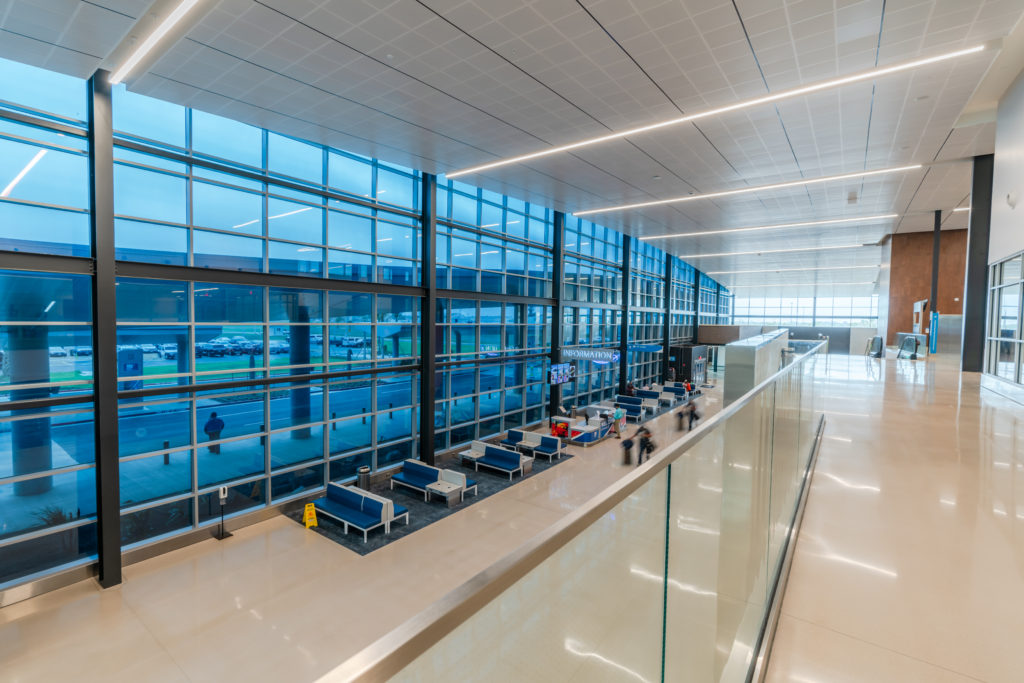
The Architectural firm chosen for the project was Corgan. The General Contractor was SpawGlass Construction. The named Prime Consultant, Civil Airside, Structural & Mechanical/ Electrical/Plumbing Design and Fire/Life Safety Engineering was Jacobs, who worked with Corgan for the Lighting Design. The Engineer of Record for Construction was Garver Engineering. Security for the project was Moye I.T. Consulting, LLC. PARABIT company was contracted for the Biometric Hardware which includes security, self-service and display technology, seating and table charging stations. The Baggage Handling System was designed by Vic Thompson Company and installed by G&S.
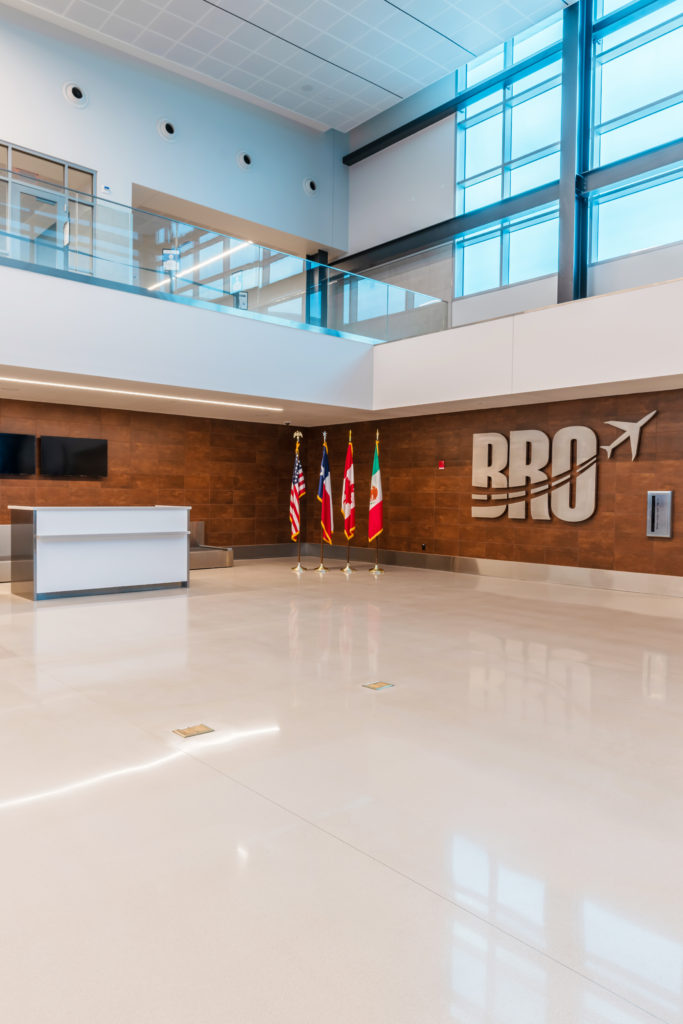
Arconas company produced the seating. Ambiotec Engineering was named as responsible for Civil Landside. Airport Roofing and Waterproofing was done by Wiss Janney Elstner Associates. Davika Construction led the Quality Assurance/Control. Construction Cameras were by OxBlue. The special Electrochromic Glass (SageGlass) is manufactured by Saint-Gobain / CristaCurva. The escalators and elevators are by OTIS. Passenger Boarding Bridges, Jetways, are by JBT. COBUS Airside Passenger Buses are leased from Port of Seattle Authority. The Landscape Architect is SSP DESIGN.
REMEMBERING AND HONORING THE EARLY AVIATORS AND VISIONARIES

CHARLES LINDBERGH
In 1915 the U.S. Army had just developed its first biplane, a dual- winged aircraft and it flew missions across the Texas/Mexico border to check on Pancho Villa and his troops. During one of the flights, the aircraft was fired on, damaging the tail and a wing, forcing to retreat back to Brownsville Airport.
Today, the regularly scheduled passenger flights of both American Airlines and United Airlines fly through the same airspace that Charles Lindbergh and Amelia Earhart did when they were making historical first flights in the early days of American aviation history.

AMELIA EARHART
On March 9, 1929 Charles Lindbergh flew into the then-called Brownsville-Pan American Municipal Airport and landed a very early model airplane on the runway after making his five hour and thirty eight minute historic aviation adventure from Mexico City.
Early visionaries of that former time who invested in the early “flying vessels” wanted the mail to move faster than it had been being transported by railroad during the early part of the 1900’s. (Right, kids, the Internet had not been invented yet then, either!) This flight into Brownsville established the first International Mail Service. It was reported there was a crowd of 20,000 people to personally cheer Lindbergh’s success! What a pivotal moment in history that was, especially for Americans. This event officially opened the Brownsville-Pan American Municipal Airport.
Another early aviation era adventurer/explorer, Amelia Earhart, was also there! Approximately three months after the famous Lindbergh International mail flight, Pan American Airways leased the airport and it became the center stage of ground-breaking, new height-reaching, aviation history which included the operation of a major plant in support of U.S. World War II effort.
Howard Hughes launched Trans-World Airlines from the Brownsville Airport, making use of the hangars and runways of that era there. He was not the only rich and famous character to spend time at the old Brownsville Airport location. Many movie stars of that era, big name athletes and movers and shakers of the day graced the grounds of the airport. Some locals say they also had grand parties at the once-elegant El Jardin Hotel in downtown Brownsville.
According to the texaslesstravelled.com website, the first test flight of a U.S. jet aircraft was staged above Rio Grande Valley skies! Also, the airport was also one of the first in the nation to receive color weather radar.
The technology we take for granted today was
avant- gardé, not so long ago in the past century.
The history of Aviation continues to soar at
The Brownsville/South Padre Island International Airport



